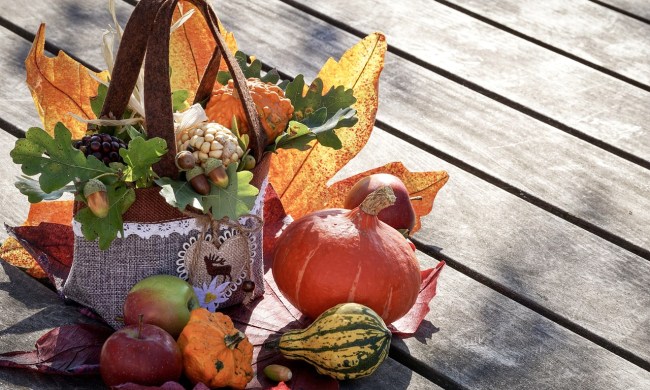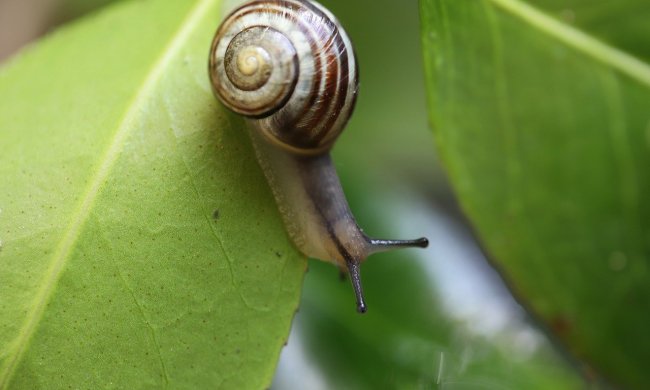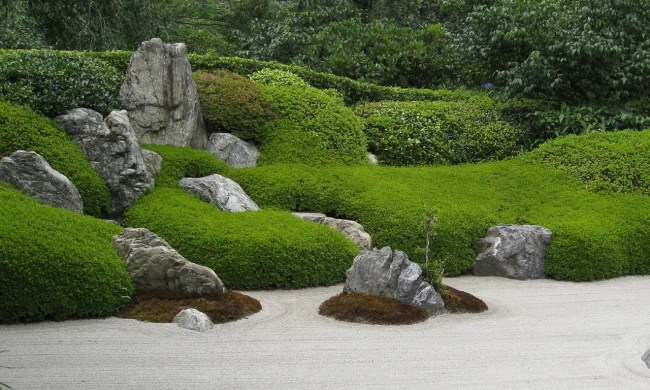We all know that there’s too much plastic in the world, but many of us feel overwhelmed by the idea of completely eliminating plastic from our lives. Luckily, it doesn’t take a few people doing everything right; it takes everyone doing something. Instead of pressuring yourself to eliminate all plastic in your day-to-day life, try to replace plastic options with a few alternatives here and there. Slowly but surely, you’ll one day have a plastic-free (or close to it) home.
Why not start in the most earth-friendly place in your home, the garden!
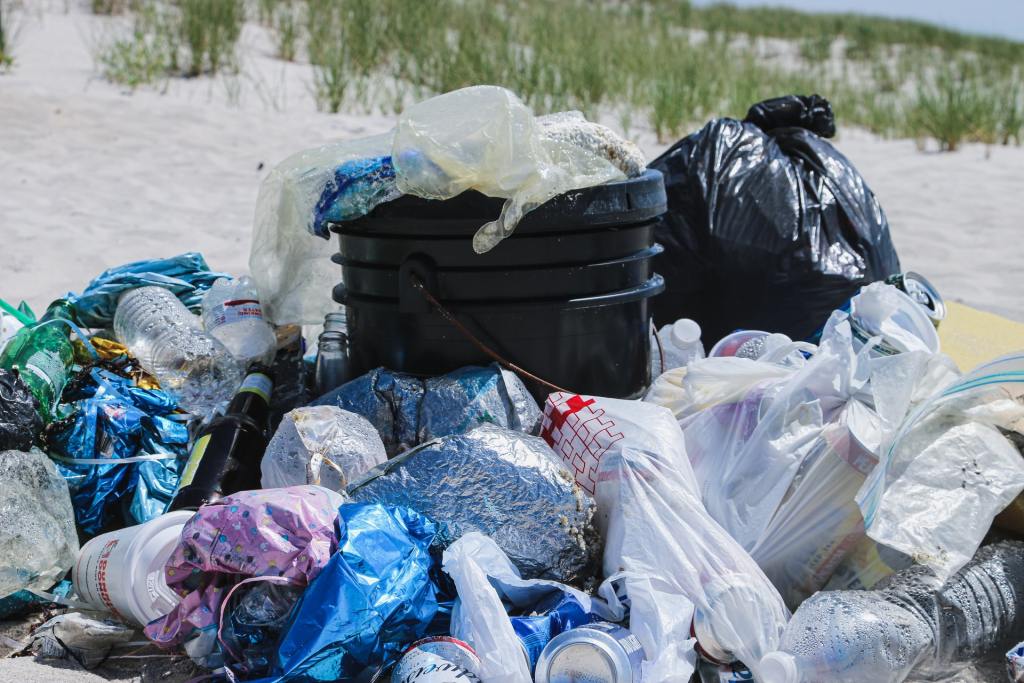
Why it’s important to reduce plastic instead of recycling
As gardeners, we might be more aware of our carbon footprint than the average person. We understand that our gardens provide excellent pollinator habitats and improve the quality of food on our table. So why is it so important to also reduce the plastic that’s so commonly used in our gardens? While recycling is a fantastic way to reduce waste being dumped in landfills, single-use plastic is hard to recycle. According to eartheasy, 350,000 pounds of horticultural plastic is used in the United States each year. Much of that isn’t recycled or even recyclable. We must lower the demand for this single-use plastic and force companies to find other ways to package products in a more eco-friendly way.
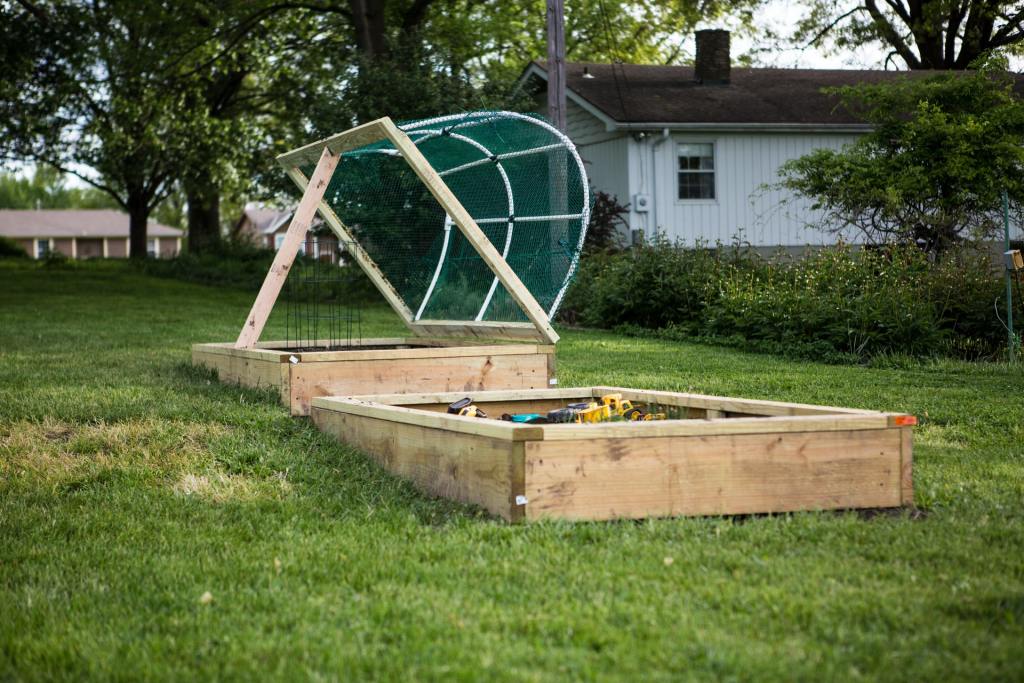
Alternatives to plastic in the garden
So how do we reduce the amount of plastic in our garden? You might not even be aware of all the plastic that’s used in gardening materials and tools.
- Many of us purchase large amounts of bagged fertilizer at the beginning of every season to add nutrients back into our garden soil. These bags are made of single-use plastic and rarely make it to the recycling bin if they can even be recycled. Make your own fertilizer with at-home composting systems and eliminate the need for all those plastic bags of soil.
- Mulch is an integral part of a healthy and thriving garden, but again, those plastic bags are terrible for the planet. Instead, try to grow or gather your own mulch like shredded leaves, grass clippings, pine needles, compost, and seaweed. You can even contact local power companies; they’ll sometimes deliver wood mulch to your home.
- Nursery pots are made of thin plastic that’s convenient but terrible for the environment. Instead, you can share divisions of plants with friends and family, start seeds at home, buy bare roots, or look for pots made with compostable materials like coir or paper.
- Many of those living in urban areas grow their gardens in containers. Unfortunately, these containers are often made of plastic. Opt for pots made with other materials like terracotta, wood, metal, or ceramic.
- Many gardening tools are made with plastic, which often break and have to be thrown away. Instead, purchase more heavy-duty gardening tools. They’ll last longer and aren’t made with any plastic.
- Gardeners love using weed barriers to reduce the amount of weed pulling they have to do during the season. These products are often made of woven plastic. There are other options such as pallet liners, large cardboard boxes, burlap sacks, and 100% cotton sheets from the thrift store. These are excellent weed barriers that don’t plastic in them.
- Garden markers are great for identifying the plants in a garden, but they’re often plastic. Use other items like popsicle sticks, hand-painted rocks, or shards of broken terracotta pots to mark which plants are where.
- Lastly, many raised garden bed kits come with plastic sides. To remove this use of plastic, build the garden bed with rot-resistant cedar wood.
Try not to feel overwhelmed by the idea of removing all plastic from your garden routines. Don’t think you aren’t making a real difference if you don’t use all of these tips at once. Start small and choose one or two options from above. Every little bit helps. Soon, you’ll notice you’ve removed most, if not all, the plastic from your garden routines.
